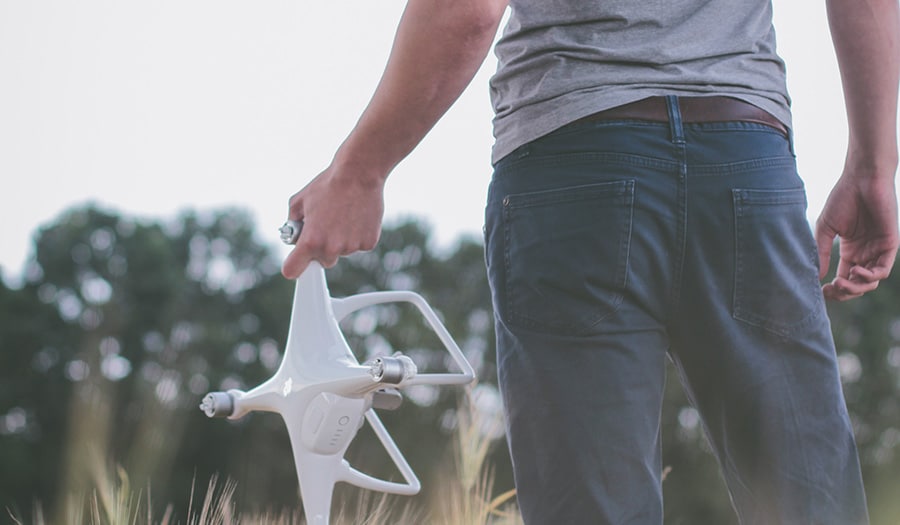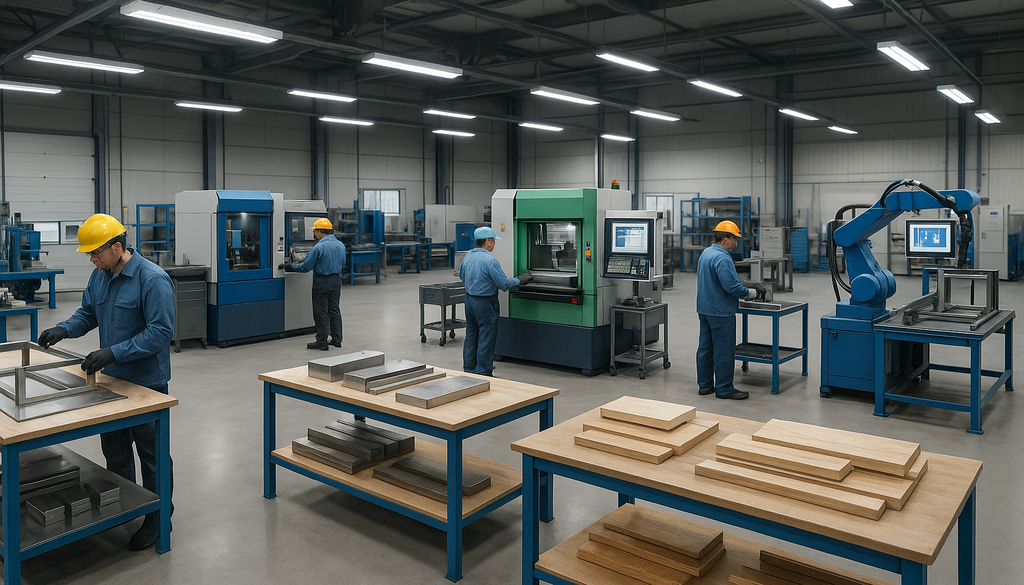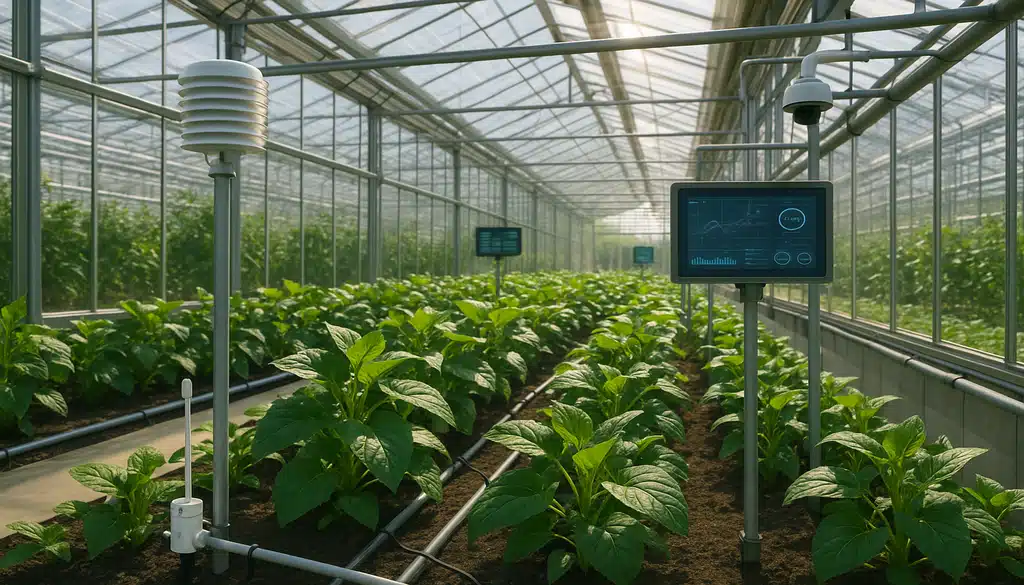
As drone technology becomes more prominent in the shipping and logistics space, it is also quickly gaining traction in the agribusiness industry.
In fact, when leading drone manufacturer DJI launched its first agriculture drone in 2016, the company forecast that the drone agriculture market is worth about $75 million. Research firm Global Market Insights says that by 2024, the market will be valued at $1 billion.
Right now, about a third of farmers use drones for their business. Drones can improve workflow and increase efficiencies because they give agribusiness operators a way to inspect problems through the use of infrared camera sensors, which will then give them information to make decisions about next steps.Some drones have the capability to spray pesticides, which is safer and more economical than manual spraying. Irrigation management and livestock monitoring are other benefits of drones. Both applications are great for efficiency by reducing manpower, the costs of running expensive machinery, and time.
That’s where the industry is with drones today. But what’s next? Where is drone technology going that will soon make them essential tools for any agribusiness in providing maintenance and transparency for their operation?
One area that drones can become invaluable is assessing and mitigating the damage that a major weather event can cause to crops. Real-time aerial imagery, along with infrared technology, gives operators a way to pinpoint exactly where the damage took place, the extent of the damage in those places, and what kind of problems are taking place. This will give them information immediately, which will help in decision-making. Also, the data will come in handy when dealing with insurance company settlements.
Drones will also come in helpful during the off season. This will involve their mapping functions, which will help operators locate trends in their fields that might cause problems ahead or assess irrigation systems and soil.
Drones will likely become more of a presence in agribusiness because of its benefits. Analysts say that, because problems will be detected before they spread, yields will have a better chance of increasing. Farmers will no longer work in the dark from season-to-season; instead they’ll have better clarity into their land and can use that data to manage accordingly.
Finally, as we know that drones save time, they’ll also become essential in emergency situations. Farmers can deploy them whenever and wherever they are needed. That real-time response is something operators have never had at their disposal in the past. Now, they’ll always be the first to know, which will naturally put them ahead of the competition.
Do you use drone technology in your agribusiness? What are steps that made the process easier? What are pitfalls to avoid? Please let us know in the comments below!
If you would like to learn more on how you can collect information using drones and integrate with Argos Software, contact us at [email protected].



